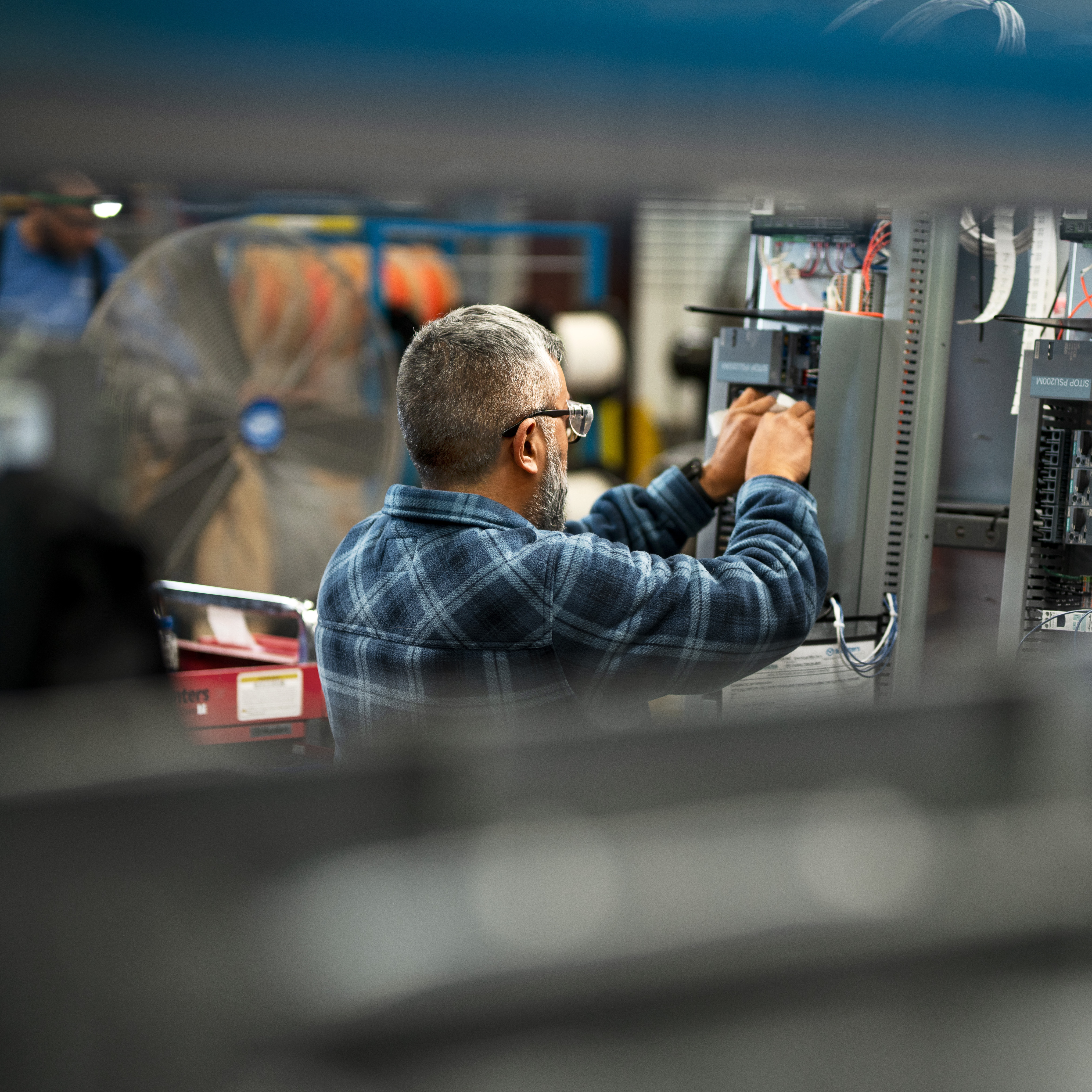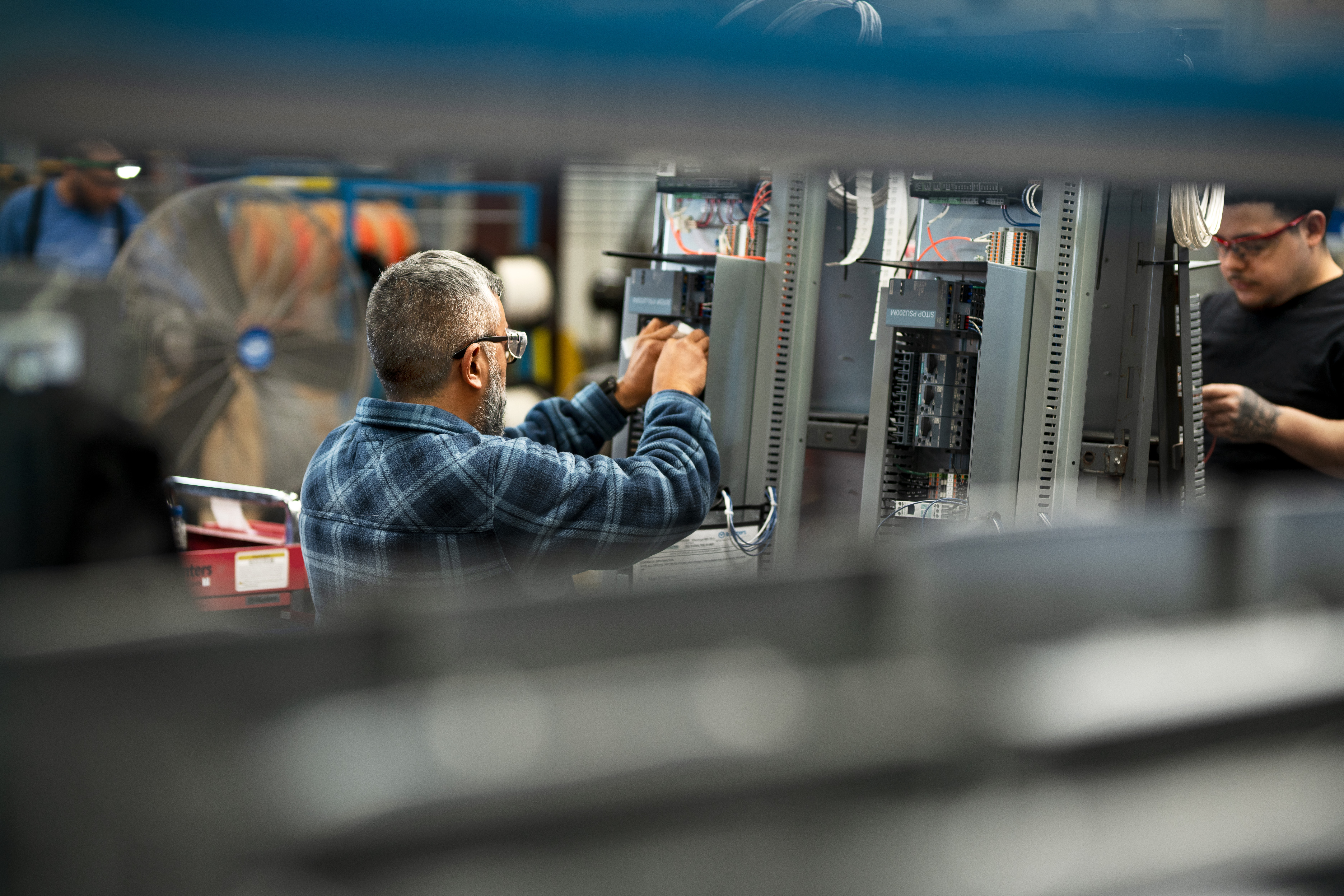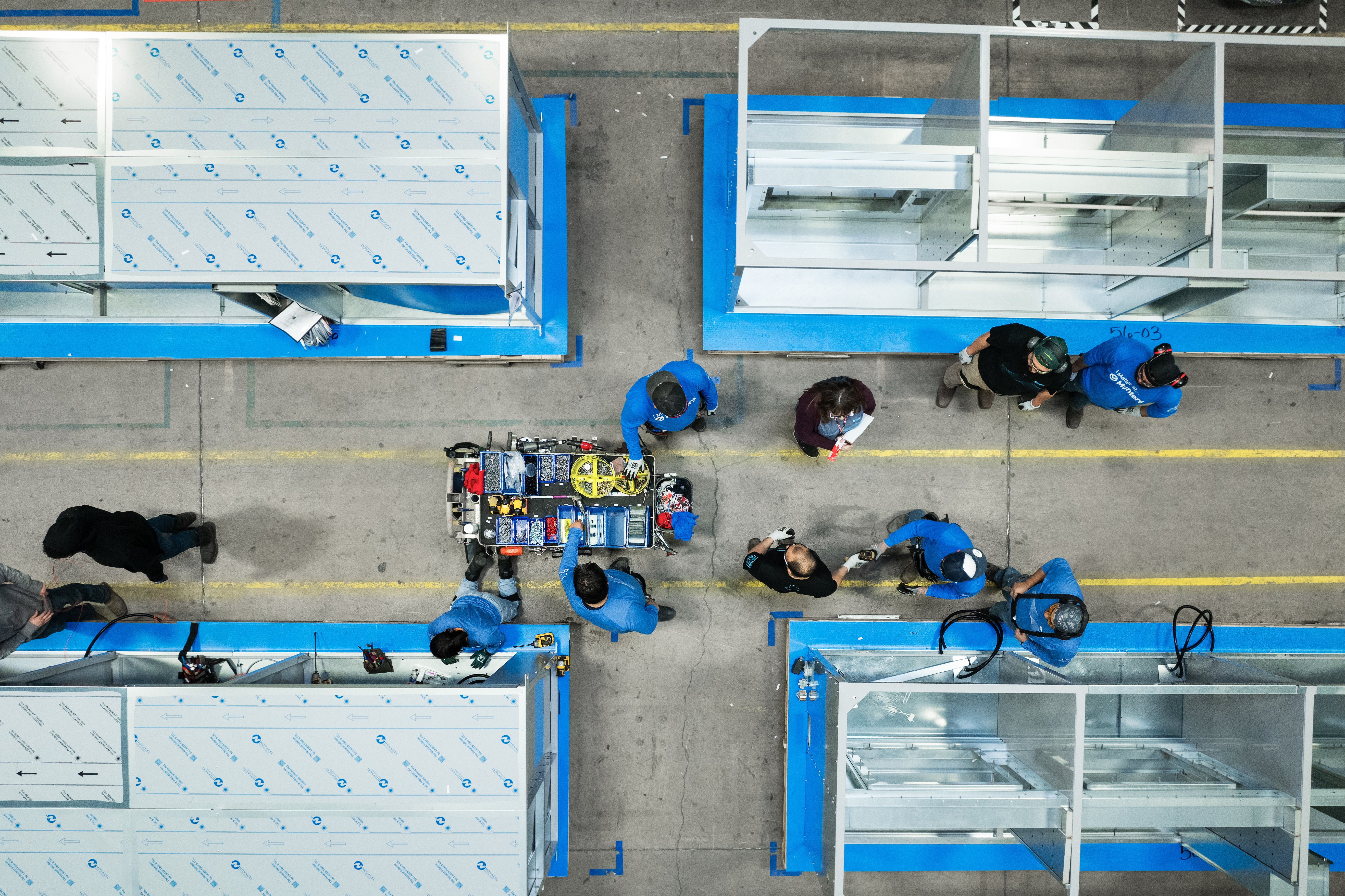Celebrating 70 years
of innovation and excellence
Munters avancerede klimakontrol bevarer Home of Carlsbergs historie
Fleksible og energieffektive luft- og væskekøleløsninger til datacentre
En smartere, digital
fødevareforsyningskæde
starter her
Upcoming events
All eventsJul 9-Jul 10
Sep 10-Sep 11
Sep 23-Sep 25
ExhibitionAHR Expo Mexico
Cintermex, Obrera Monterrey, N.L. - Mexico23.09.2025 12.00.00 - 25.09.2025 18.00.00
Oct 21-Oct 23



















